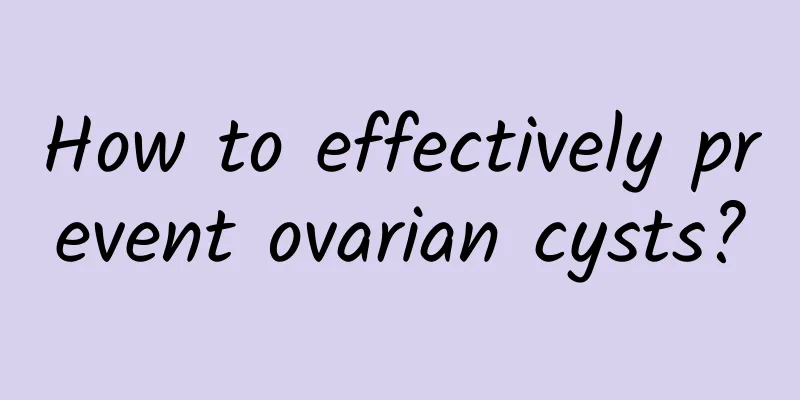The more bitter the loofah is, the more poisonous it is? It is not suitable to eat raw, to prevent nutrient loss, 2 cooking taboos

|
Is bitter loofah poisonous? Nutritionists point out that loofah is a common vegetable on the table in summer. Among melon foods, in addition to being rich in nutrients and low in calories, it also has the effects of preventing cancer and losing weight. If loofah tastes bitter, it is mainly due to trace amounts of "cucurbitacin". Although a small amount of it may cause diarrhea, it is not toxic. Li Wanping, a nutritionist at Rongxin Clinic, pointed out that loofah is one of the common ingredients in home cooking. It is sweet, delicious and low in calories. Every 100 grams contains 1 gram of dietary fiber. Appropriate supplementation can not only increase satiety and reduce food intake, but also promote gastrointestinal motility and help defecation, which has many benefits to human health. The main reason why loofah becomes bitter is cucurbitacin However, recently there has been a rumor on the internet that "bitter loofah will release severe toxins", and some people even mistakenly believe that "bitter loofah is as toxic as arsenic." In fact, loofah itself contains cucurbitacin, a natural insecticide that can prevent insect invasion. Once the loofah is left for too long or is infested by insects, the concentration of cucurbitacin will increase, causing the loofah to become bitter, but not toxic. Basically, loofah likes heat and is not cold-resistant. It has the characteristics of low GI and low calories, making it suitable for people who want to control their weight and those with diabetes. At the same time, loofah is the best food for beauty and skin care. It contains B vitamins and vitamin C, which can whiten the skin and delay aging, making it very suitable for women to eat. Sponge gourd whitening and cancer prevention food should not be eaten raw Nutritionist Li Wanping emphasized that eating loofah can also relieve cough and phlegm, act as a diuretic and reduce edema. The saponins and trigonelline contained in it are also effective antioxidant ingredients that can reduce the damage to cells during metabolism in the body and have anti-cancer effects. As for those with renal failure, the loofah must be blanched first to reduce the potassium ions in the food before it can be eaten. Luffa is rich in nutrients and contains multiple nutrients. It is suitable for stir-frying, frying, and stewing. The only thing it is not suitable for is eating it raw. Because loofah contains a large amount of plant mucus and wood gum, if it is not thoroughly cooked, it may irritate the stomach and intestines after consumption, causing discomfort symptoms such as loss of appetite, nausea, chest tightness, or abdominal pain. 2 taboos in sponge gourd cooking to prevent nutrient loss If you are worried that overcooking will destroy the nutrients, you can blanch the loofah in boiling water, then add buckwheat noodles, soy sauce, broth and vinegar to mix it and it will be a simple and delicious dish. Cooling dish: Sponge gourd soba noodles Ingredients: 300g soba noodles, 1/2 loofah, broth (appropriate amount), soy sauce (appropriate amount). practice: 1. Cut the loofah into thin slices. 2. Put the buckwheat noodles into the pot and cook. 3. Pour the broth into the pot, season with soy sauce, then add the loofah and buckwheat noodles. Cook the loofah until it is cooked through and serve. However, studies have found that the following two cooking methods are not suitable for cooking with loofah, as they can easily cause nutrient loss or interfere with nutrient absorption. Here is some information for your reference: Taboo 1. Sponge gourd + soybean salad oil: nutrients are easily lost Description: The carotenoids in loofah can prevent and treat cancer, cardiovascular disease, macular degeneration and other diseases. However, the bioactive substances in soybean oil can destroy carotenoids, resulting in loss of nutrients. It is recommended to replace it with olive oil for better absorption of nutrients. Taboo 2. Clams, loofah and rice wine: interfere with nutrient absorption Note: Many people use rice wine to remove the fishy smell of clams, but alcohol will interfere with the body's absorption of vitamin B1 in loofah, thereby reducing the nutritional value. [Tips for purchasing loofah]: It is very easy to choose loofah. If you can master the following 5 principles, the quality will be at a certain level: 1. Choose fruits that are evenly cylindrical in shape from top to bottom, and avoid those that are enlarged in the middle or at both ends. 2. The surface color of the peel should be fresh green. If the color is dark, it means it has been harvested for a long time. Even dark green varieties, if of good quality, will have a shiny skin. 3. The epidermal protrusions must remain intact and uninjured. 4. There are no blackened scratches or bruises on the epidermis. 5. The fruit is intact and has no cracks. |
Recommend
How to Identify Pelvic Inflammatory Disease
How to identify pelvic inflammatory disease? Pelv...
Eat meal replacements and nutritional supplements to develop a physique that is easy to lose weight? Be careful of the reverse yo-yo effect, otherwise you will gain weight again.
At first, I wanted to be thin rather than cute. I...
Detailed introduction to the early symptoms of chronic pelvic inflammatory disease
If chronic pelvic inflammatory disease is serious...
When is uterine fibroid considered serious? Can uterine fibroids worsen?
How serious are uterine fibroids? Uterine fibroid...
What are the nursing issues for adnexitis?
Adnexitis is one of the diseases that everyone is...
The causes of cervical precancerous lesions should not be ignored
Regarding the causes of cervical precancerous les...
Nursing measures for patients with heavy bleeding during ectopic pregnancy
Ectopic pregnancy is a common gynecological disea...
What are the symptoms of chronic cervicitis?
There are many gynecological diseases now, and ch...
What medicine is used for vulvar itching
Vulvar itching is a common gynecological disease....
How to prepare for pregnancy correctly for habitual miscarriage?
The occurrence of habitual miscarriage will make ...
Analysis of the causes of vulvar leukoplakia from multiple angles
The cause of vulvar leukoplakia is a topic that m...
Symptoms of vaginitis
Vaginitis is an inflammation of the vaginal mucos...
What are the main causes of dysmenorrhea in women?
Many women can only bear the pain of dysmenorrhea...
Symptoms of ectopic pregnancy
The symptoms of ectopic pregnancy should be paid ...
Typical symptoms of acute cervicitis
Cervicitis is a common disease among women. The m...









![[Video version] To lose weight, you must first understand whether you are really fat or just puffy! Teaching the secret of slimming](/upload/images/67dcf84a4bc73.webp)